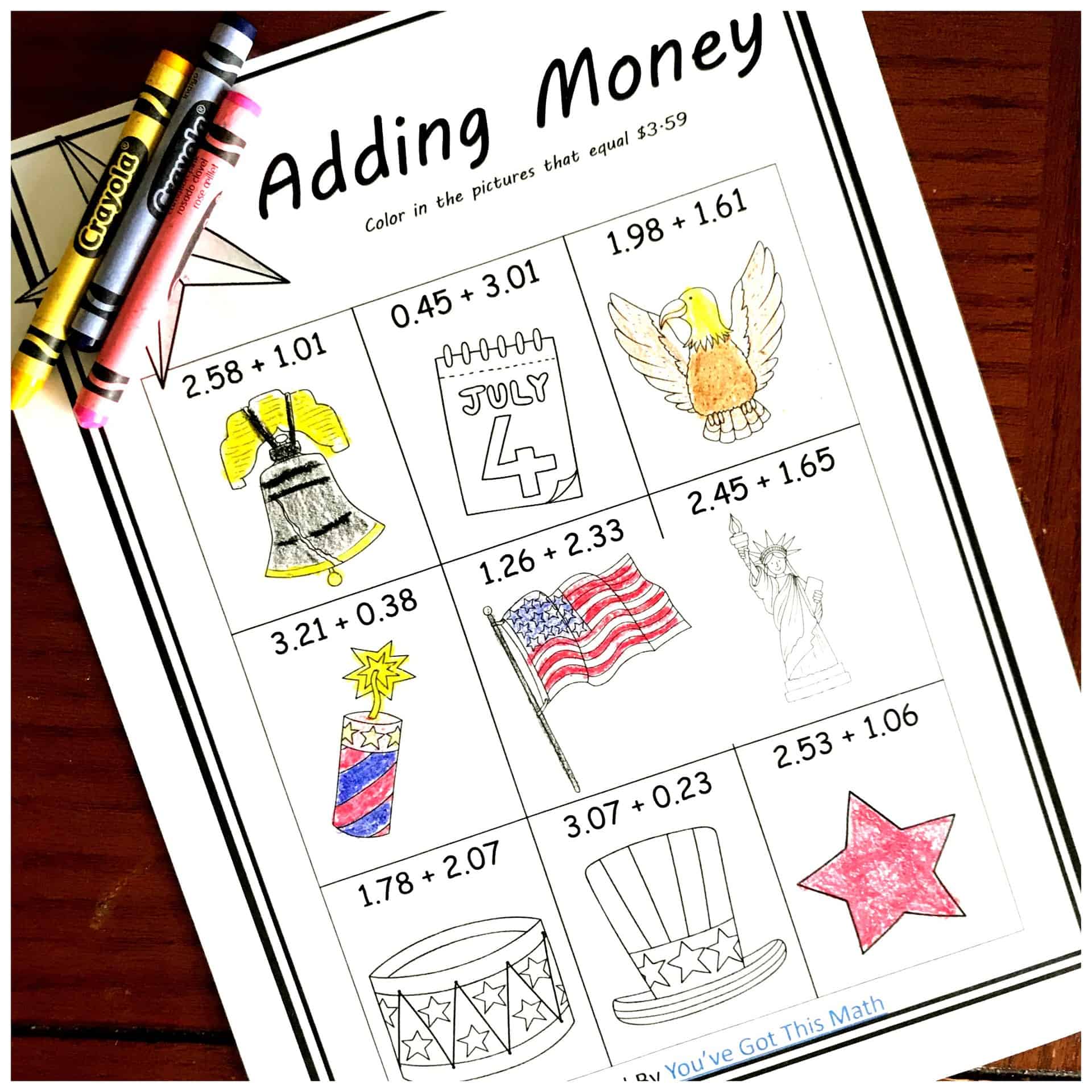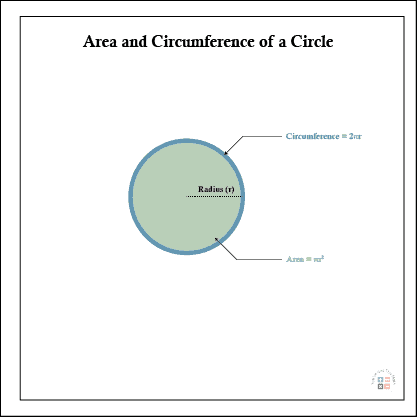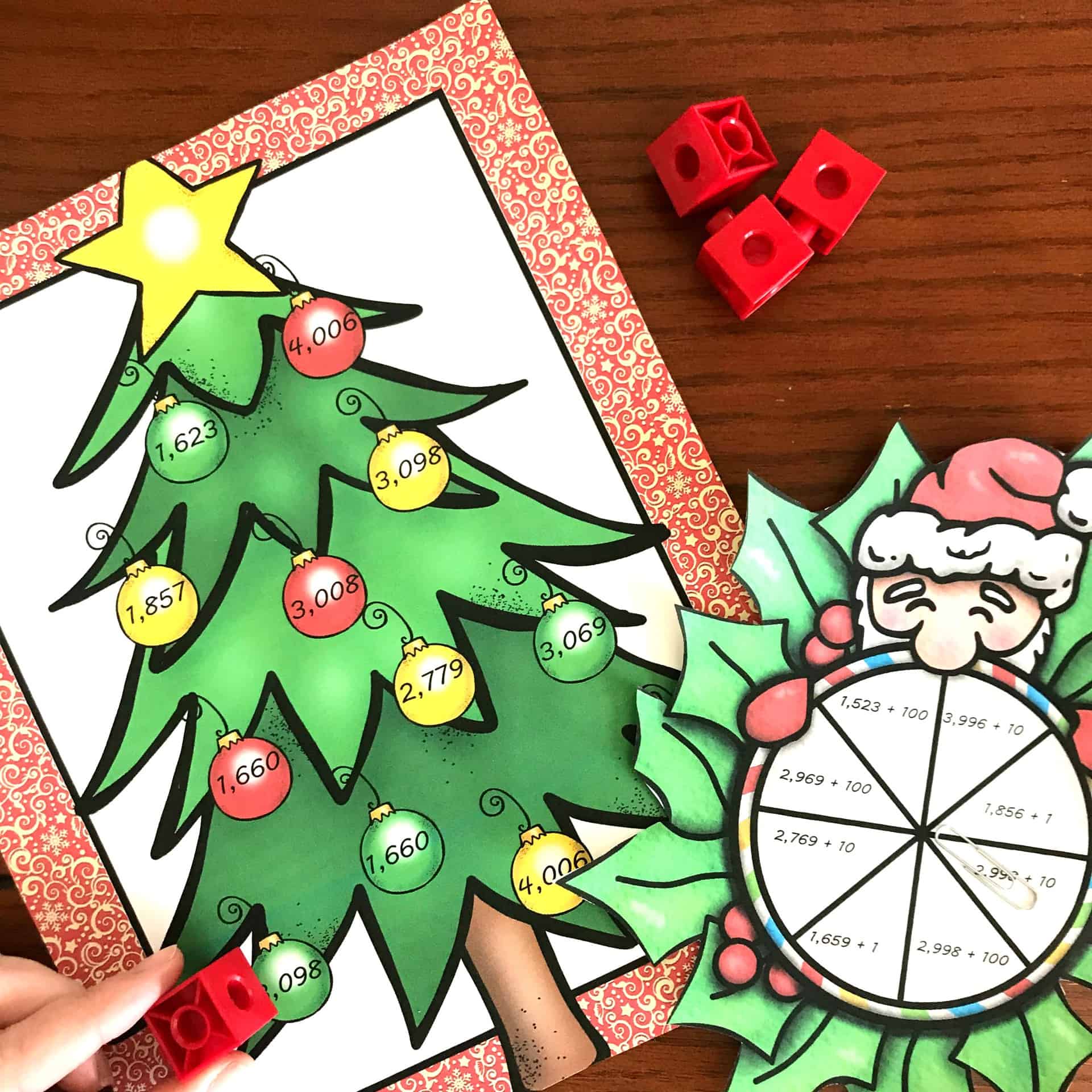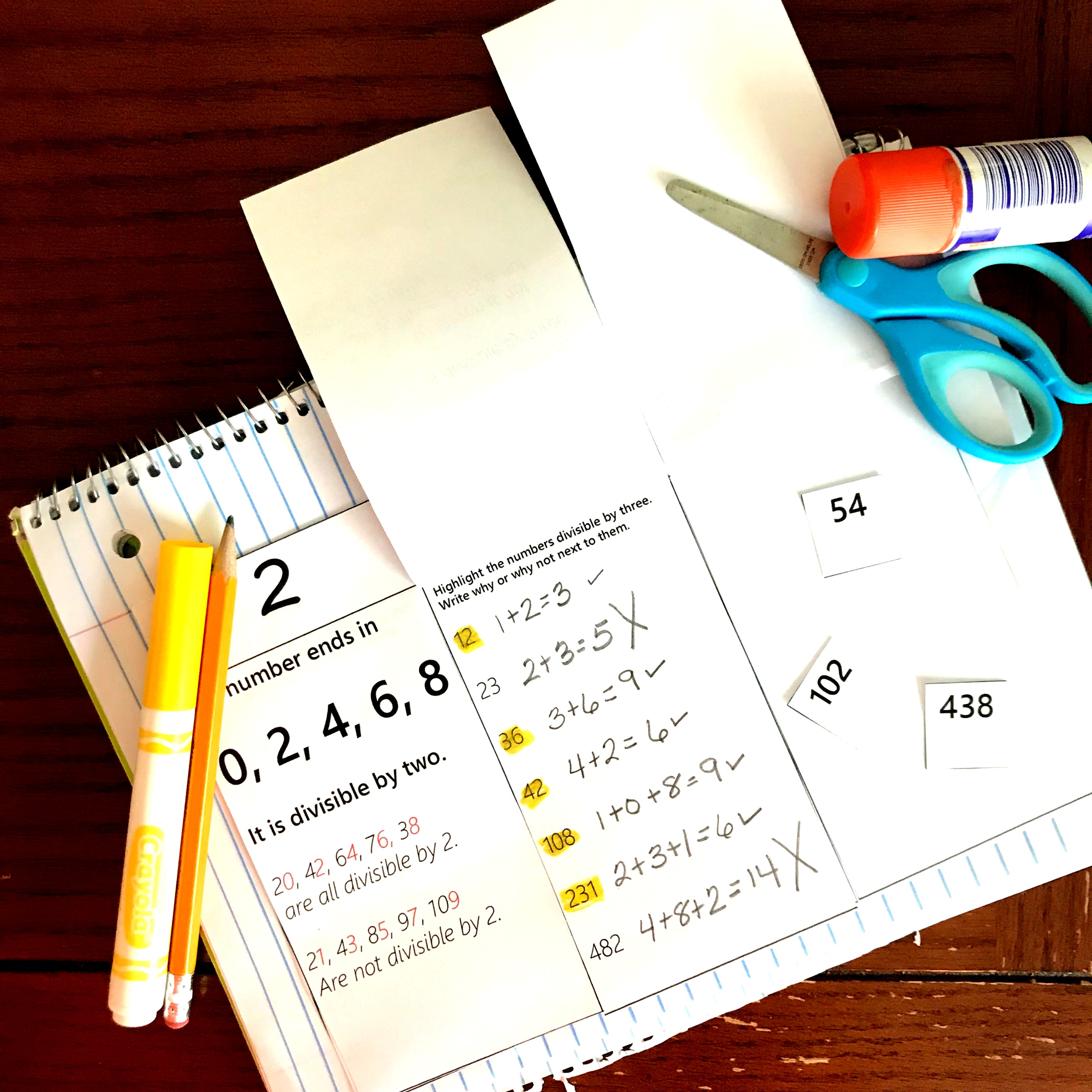Spider Life Cycle: Free PDF Activity Pack
Spider Life Cycle
Spiders are some of the most interesting creatures in the world. They’re also some of the most misunderstood. At Halloween time or any time of year, these spider life cycle for kids activity pack is a great resource to have.
Any time that a teacher is teaching about life cycles or insects is a great time to have kids use these free worksheets. But it’s also a great filler activity for Halloween time when we all know that kids are distracted, but we still have content to teach.
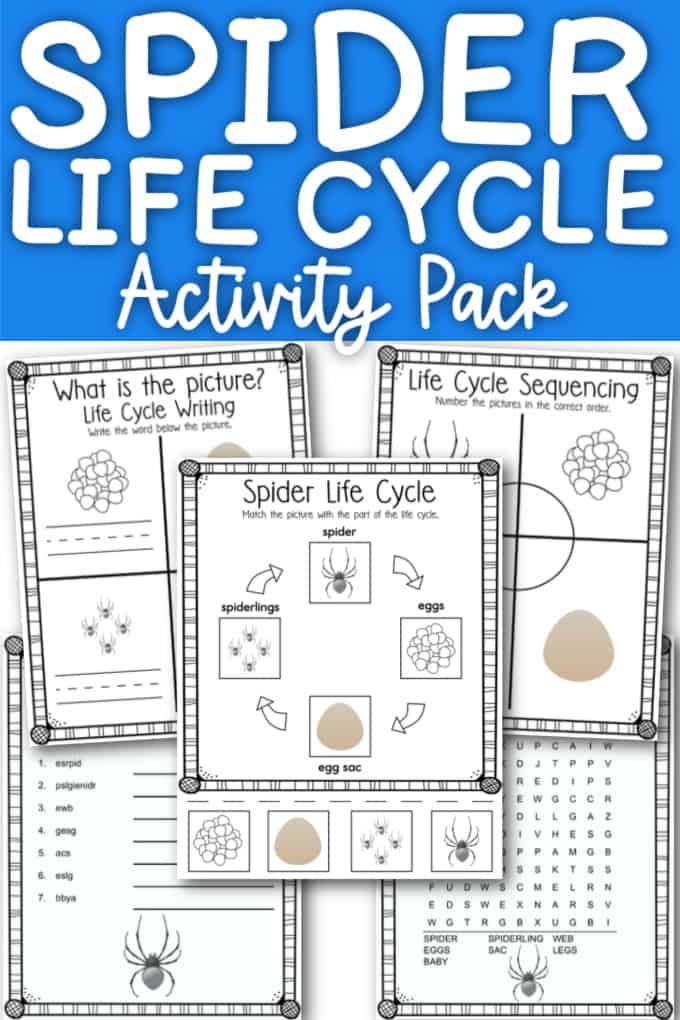
Let’s take a look at what you need to know about these amazing arachnids.
How many kinds of spiders are there?
There are around 46,000 species of spiders.
They’re all equally fascinating and unique in their own way.
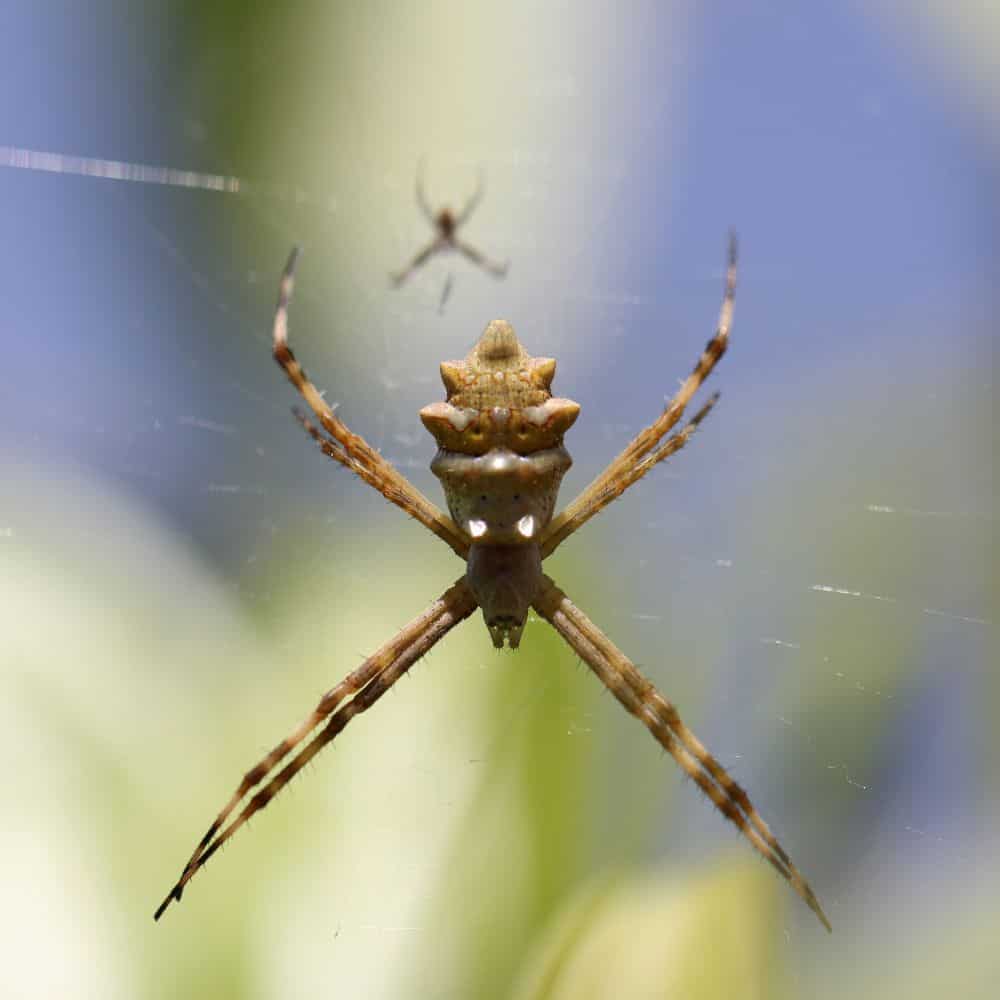
Types of Spiders
There are many types of spiders. In the U.S., there are around 40,000 different species of spiders. But only a small amount of these are found in the country’s homes. These include the Black Widow, Brown Widow, and Wolf Spider.
There are also several other types of spiders that live outside of the U.S., but most people have never heard of them (unless you study arachnids). Some interesting examples include the Australian Redback Spider and the Brazilian wandering spider.

How big can spiders get?
The size of spiders is a common question that comes up with many people. The answer to that question is dependent on the type of spider and its living environment. Some spiders can be small, while others can be quite large.
For example, the tarantula’s leg span can range between two to three feet long. When it comes to arachnid sizes, the most common species in North America is the wolf spider, or tarantula as they are also known, which has a leg span of around six inches long.
Many types of spiders have venomous bites that require medical attention if needed, but most do not pose any risk to humans.
Arachniphobia
Many people claim to have arachniphobia or the fear of spiders. But, “not liking spiders” is pretty common. Someone with arachniphobia cannot even be around spiders, or sometimes spider webs.
If they are in the presence of either, it may bring about a panic attack or anxiety attack.
A person with arachniphobia will often adjust their schedule or lifestyle to avoid spiders. Such as, will not participate in a fun activity like a hay ride with friends, for fear of having an encounter with a spider.
Spider Life Cycle for Kids
Spider life cycles vary depending on the type of spider. In general, there are three stages to their life cycle: egg, larva, and adult.
- Eggs: During their first phase, the female spider will lay a cluster of eggs near a place where food is abundant. The eggs will be carried by her back legs until they hatch.
- Larvae: Once the eggs hatch, the larvae will live off the mother for about two weeks before forming a cocoon and hatching into an adult spider.
- Adults: Once they reach adulthood, spiders have four main types of activity: hunting and catching prey; spinning webs; building burrows, and defending their territory from other spiders. Many spiders also use silk to create traps that ensnare prey or build protective barriers or silk lines in their territories. After several weeks to months, they’ll die after one last mating cycle.
Spider Life Cycle Activity Pack for Kids
Ok, here you go. Enjoy this free printable PDF activity pack of the spider life cycle for kids.
If you’re struggling to print it, there is a graphic below this post and a screencast video in the sidebar.
Don’t miss our other Halloween printables and Science Worksheets.
Lisa Lightner is an award-winning and nationally-known Special Education Advocate and Lobbyist who lives in suburban Philadelphia. She has or is serving on the Boards of numerous disability and education related organizations including the Epilepsy Foundation and PA Education Voters. She also has testified before State House and Senate committees relating to special education issues and education funding issues.

